News August 11, 2025
How Would Promo Pros Rate Their Tariff Concerns? We Asked Them
Four months after sweeping tariffs were first announced, firms are adapting – but challenges in pricing, quoting and supply chains remain.
Key Takeaways
• Tariffs have caused major disruptions for many companies in the promo industry, leading to unpredictable pricing, supply chain instability and slower sales as companies struggle to quote and fulfill orders amid constant rate changes.
• Still, despite economic uncertainty, many promo firms have shown resilience, adapting operations and maintaining growth through proactive client engagement and strategic production shifts.
• The expiration of the U.S.-China trade deal on August 12 is a critical moment; its outcome will heavily influence pricing and margins and is poised to affect overall industry performance for the rest of the year.
On April 2, President Donald Trump announced a deluge of sweeping tariffs on countries around the globe, followed shortly after by placing a massive 145% levy on China, which has long been promo’s primary source of imported product.
That rate has since come down, but the tariff news has continued in an ever-evolving tide. Last week, on Aug. 7, the latest slew of “reciprocal” tariffs took effect – including a surprise 50% levy on India, among the highest of the U.S. charges. President Trump’s latest move in the trade war pumped the United States’ net effective average tariff rate to above 17%, the highest it’s been since the Great Depression.
During the four months in between those two dates, the promo industry has weathered a roller coaster of changing tariff rates, price increases and, on average, slumped industry sales in the first and second quarter. Quoting orders has proved complicated, as constantly shifting tariff rates can skyrocket item prices without warning at any point in the order and fulfillment process.
And yet, in some ways, promo proved as resilient as always. April and May were overwhelmingly slow months as consumers blanched from the news cycle, but roughly a third of companies were still up in Q2 despite an overall industry decline. Tariffs are still top of mind for most promo firms, but the percentage reporting that they’re “very concerned” has been on a steady decline since its peak in April. And optimism persists about the end of the year – as measured analytically by the Counselor Confidence Index but also anecdotally at events like ASI Show Chicago.
Aug. 7 was a key date as the reciprocal tariffs take effect, but so is another impending date – Aug. 12, when the United States’ current trade deal with China is set to expire. The deal set tariffs on Chinese goods at 55% for 90 days – 25% from tariffs that existed before President Trump’s second term, a 20% “fentanyl tariff” and the 10% base tariff rate now being applied to goods entering the country.
As promo pros look to the rest of 2025, how subsequent trade deal negotiations play out may be a major determiner of the promo industry’s full-year sales outlooks and (in particular) profit margins.
With all that in mind, ASI Media asked 14 industry professionals to rate their level of concern regarding the current promo products tariff situation.
Here’s what your fellow promo pros had to say about their tariff concerns so far this year.
To give a sneak preview, the average rating was 4, which indicates that while they have concerns, they’re managing them and adapting to the situation. Here are their individual scores, and their explanations behind the ratings.
Derek Clifton, corporate account manager at Silver Eagle GPX (asi/327094) – 1
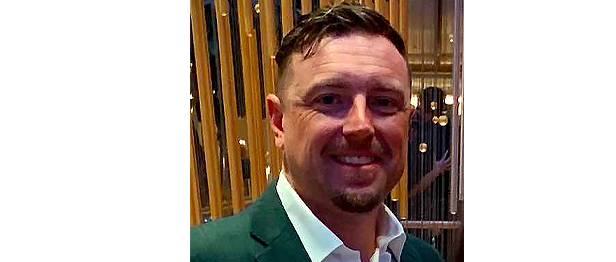
Decorator Silver Eagle has always done significant business with colleges and universities, and the company’s biggest challenge with that sector this year has been schools who are unwilling – or unable – to use goods sourced from China for projects, says Derek Clifton. When price is the most essential factor for a sector like education, finding alternate sourcing is especially tough, but he still thinks it’s too early to ring all the alarm bells.
“Whoever the president is, I have no choice but to trust that what they’re trying to accomplish is for the good for everybody,” Clifton says. “It’s the hand we’re dealt, and we’re going to play it, and we’re hoping for the best.”
Chris Phillips, president of Branding Solutions (asi/145491) – 2
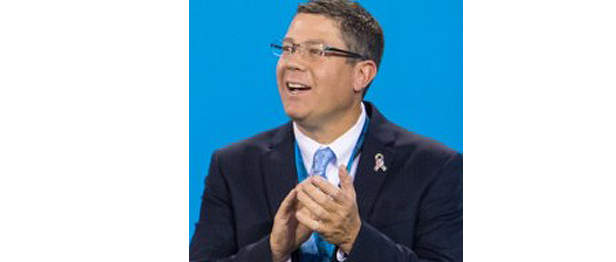
Chris Phillips launched his distributorship in early March and was thrust headlong into tariff conversations less than a month later. He says the uncertainty of what the final levy numbers are going to be has been the toughest part, especially when it comes to quoting, but he hasn’t seen much impact on the sectors – sports and entertainment – that he primarily works with.
“I don’t have 10 years’ worth of data to go back and say up or down,” Phillips says. “We’re going to be 100% up on everything this year, since we didn’t sell anything last year, and that’s why I think it’s just some minor anxiety. I’m still full steam ahead – I’m out working, calling on customers, being as proactive as can be.”
Richard Budd, executive vice president of national sales at Universal Printing (asi/93601) – 3
Universal Printing is in the drinkware business, one of the sectors that’s been hit hardest by tariffs thanks to higher levies on steel and aluminum products. But although Richard Budd has been frustrated by the constantly changing rates because it creates so much additional work, he is in favor of the tariffs as a way to help the U.S. manage trade.
“The big picture, for me, is that the United States has got to do something about the imbalance of trade,” Budd says. “I think barring any more of this ridiculous raising and reciprocal tariffs, we’ll continue to have an economic comeback. I think it will be strong – but it’s still going to take time.”
Jordan Ryan, co-owner of HATCH Promotions (asi/222031) – 4
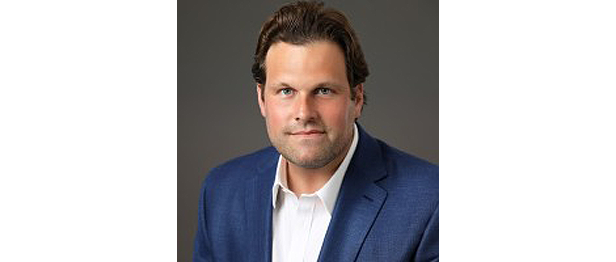
Sales have been up this year so far at HATCH Promotions, says Co-owner Jordan Ryan, but margins have definitely been affected, especially in cases where tariffs or supplier price increases went into effect after a project was initially quoted. Even so, he’s feeling more positive now than he did back in the spring.
“I think this industry has a tremendous amount of grit, resilience and is capable of anything,” Ryan says. “We’re trying to keep our finger on the pulse and see what’s going on, but I think it’s closer to being resolved and having a definite answer moving forward than we ever have been.”
Jeff Roberts, CEO of iClick (asi/62124) – 4

iClick had a rough second quarter, says Jeff Roberts, but not because of slow sales – it was the company’s inventory. Hundreds of thousands of dollars in product was stuck in China until halfway through May, and it took until the end of the quarter for inventory to be properly positioned again. But the company is set up with stock to last the rest of 2025 now, says Roberts – and if things smooth over with China, he’ll feel even more solid about the year’s close.
“I don’t think it’s going to get worse with China, which is the primary source of most of our products, but I don’t think we’re in the clear until August 12 comes and goes,” Roberts says. “I think the impact in China is greater than it is on the U.S. right now, and so I’m leaning more toward that we’re moving toward a better place.”
Bruce Cohen, vice president of sales at The MRL Group (asi/258137) – 4
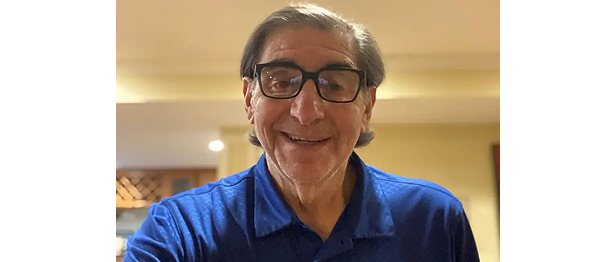
Bruce Cohen knows that The MRL Group is in the same situation as everyone else learning to adapt to the tariffs because everyone has to pay them. He’s concerned about raised prices, of course, but he’s seen bigger impacts in terms of order quantities and product selection instead of flat-out cancelled orders.
“I haven’t had somebody go, ‘Oh, well, the $10 hat is now $11. That’s ridiculous,’” Cohen says. “But they have said, ‘Instead of my 500, I only want 300.’ So ultimately, it affects us, but we haven’t had huge resistance to the price of an item – we just have huge resistance to them actually getting it approved.”
Kris Alston, owner of The Total Source, an affiliate of Counselor Top 40 distributor iPROMOTEu (asi/232119) – 4

Kris Alston’s distributorship The Total Source is on track to beat its sales record from last year, which she largely attributes to the relationships she has with her vendors. She sees the potential for business impacts down the line, but despite the tariff seesaw, she hasn’t faced too many headwinds with price increases.
“I truly believe that the tariffs are something that needed to happen,” Alston says. “We as a country give to everybody, and everybody else takes – it’s time that it’s [applied] across the board.”
Tom Meissner, president of iCoStore (asi/229785) – 4
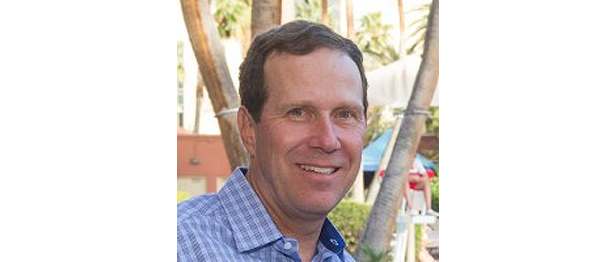
At iCoStore, Tom Meissner has just been taking things as they come. Yes, prices are up as suppliers increase their prices, but clients generally understand where he’s coming from when he raises prices in response – and all distributors are in the same boat when dealing with the major industry suppliers.
“The burden really falls on the suppliers in our industry – this is a major disruption for them,” Meissner says. “As a distributor, we rely on our supplier partners to find reliable factories that are compliant and source great, relevant products. That is easier said than done right now.”
John Heinz, senior brand manager at Spark Branded Solutions – 4

For John Heinz, where he’s seen the biggest tariff impacts is in what he hasn’t seen – typical annual orders, or midsummer projects that he hasn’t fulfilled. He’s got his eye on the Tuesday negotiation deadline with China, but he anticipates the second half of the year will be busy as companies take a “use it or lose it” approach to their 2025 marketing or event budgets.
“If they had $100,000 for the year, they’re probably still going to spend $100,000 – it might just be more backloaded,” Heinz says. “I’m hoping we’ve at least settled down on pricing, and hopefully we start seeing things level out a little bit.”
Dilip Bhavnani, chief operating officer at Counselor Top 40 supplier Sunscope (asi/90075) – 4-5
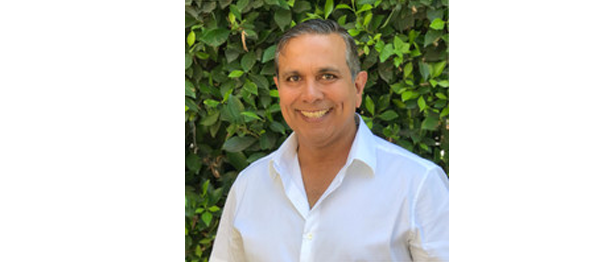
Dilip Bhavnani and Sunscope have been solidly shifting production for upcoming Q4 projects from India to Bangladesh after the latest round of Aug. 7 reciprocal tariffs was announced and the rates were different than expected. As far as the rest of the year? Bhavnani is more than comfortable with how to handle production in different countries, but he thinks the industry’s full outlook is largely dependent on China.
“It’s a little premature to say – I think it’s August 12, and we see how it all shakes out.” Bhavnani says. “I think that China is always going to be our industry’s preeminent supplier just because of its ability to produce quickly, its ability to have the resources to be able to do it, and its transit time.”
Ben Zhang, founder and CEO of Greater Pacific (asi/58135) – 6
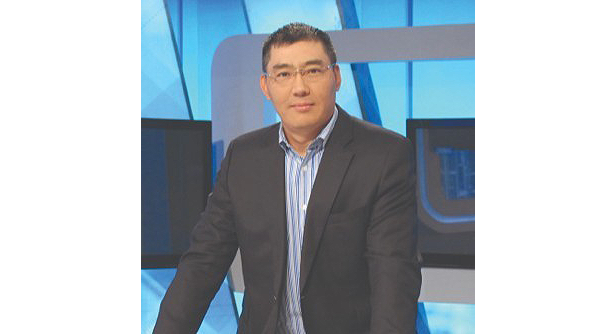
For Greater Pacific, the most direct impact from tariffs has been on business cash flow, says Ben Zhang, between paying factories, direct payment of tariffs at the border and 15- or 30-day delayed payment terms from distributors. But Zhang is more concerned about continued uncertainty around where tariff rates will land – especially on Chinese goods, though he’s diversified their supply chain some – and the overall economy.
“Competition is good for consumers, but at the current tariff this administration has impressed on, it’s harmful to the U.S. economy by creating inflation,” Zhang says. “Eventually, our U.S. consumers pay all the bills – our taxpayers in America pay the tariffs, not the exporters or manufacturers.”
Cheryl Brungardt, owner of Thank Em Promotions, an affiliate of Counselor Top 40 distributor Kaeser & Blair (asi/238600) – 6

When searching for new products or client ideas, the “Made in USA” filter has turned into Cheryl Brungardt’s tool of choice. She’s worried that projects coming in from overseas won’t make it on time, or will face sudden price increases – and she’s seen it happen. Just last week, her quoted net price from a factory went up nearly 50% for an order in the field.
“It’s so much change, and it’s not just one country involved. It’s the whole world,” Brungardt says. “It’s the unknown more than anything else. But I don’t feel completely a mess because this is not [my family’s] only income – if it was, I’d be a 10.”
Philip Schneider, controller at Blue Sky Marketing Group (asi/141930) – 7
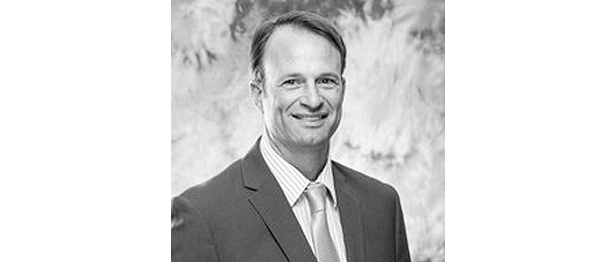
July was one of the worst sales months Blue Sky Marketing Group has had in three years, says Philip Schneider. The company is still up on the year, thanks in large part to a big order to open 2025, but it’s hard to deny the impact economic uncertainty is having on customer spending pullbacks – though he has started to see an uptick in sales already so far in August.
“There’s no question the economy has been impacted by it,” Schneider says. “But we’re encouraged – in past downturns, we haven’t seen too much impact on revenue, so we’re encouraged by that.”
Tom Goos, president & CEO of Image Source (asi/230121) – 7
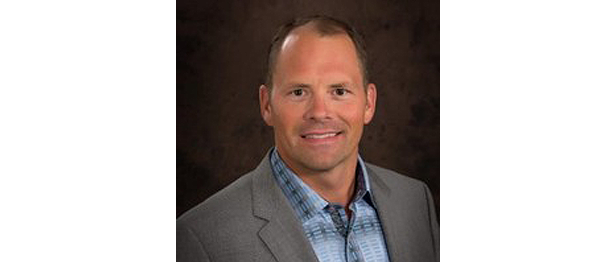
Tom Goos is honestly a bit surprised that sales at Image Source have held up as well as they have so far. The company is up 30% year over year for the first seven months of 2025, which he’s grateful for as a cushion for the impacts he sees coming for the remainder of the year amid continued economic volatility and buyer hesitancy.
“I think we can navigate working through this, through working and consulting with our clients – but only for so long,” Goos says. “If the economy really takes a beating through tariffs, through inflation and uncertainty, then it’ll be worse for everyone.”
